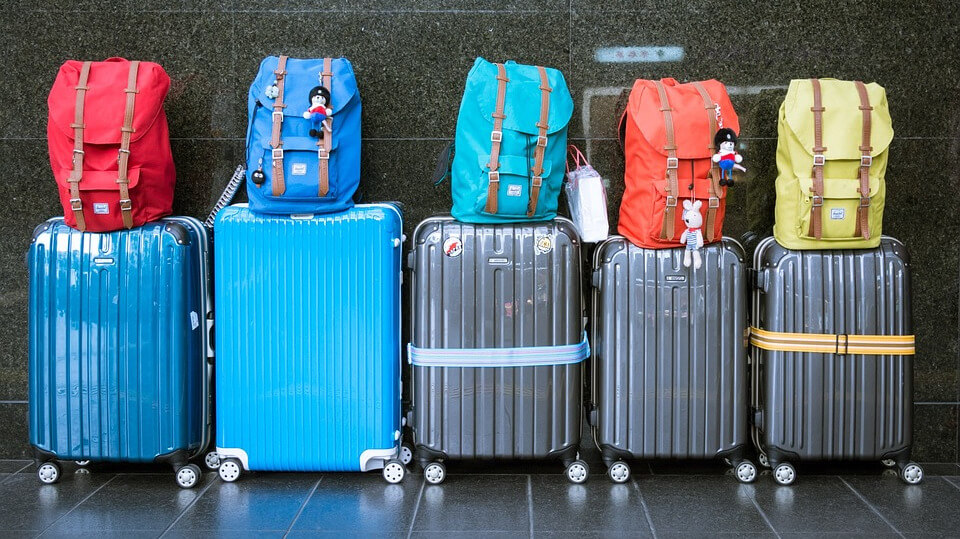
After the pandemic upended life and leisure as we know it, travel is roaring back. The industry is set to make a full recovery by the end of 2024, after losing 75 percent of its value in 2020. Much of this has been so-called “revenge travel,” or people embarking on international or bucket list trips that were delayed by the pandemic.
NB: This is an article from McKinsey & Co.
Subscribe to our weekly newsletter and stay up to date
But domestic travel is recovering quickly too and is set to represent 70 percent of travel spending by 2030.
We’ve done a deep dive into the latest travel trends and how industry players can adjust accordingly in The state of travel and hospitality 2024 report. Check out the highlights below, as well as McKinsey’s insights on AI in travel, mass tourism, and much more.
Who are today’s travelers, and what do they want?
In February and March 2024, McKinsey surveyed 5,000 people in China, Germany, the United Arab Emirates (UAE), the United Kingdom, and the United States who had taken at least one leisure trip in the past two years. Here are six highlights from the results of that survey:
- Travel is a top priority, especially for younger generations. Sixty-six percent of travelers we surveyed said they are more interested in travel now than before the COVID-19 pandemic. And millennials and Gen Zers are traveling more and spending a higher share of their income on travel than their older counterparts.
- Younger travelers are keen to travel abroad. Gen Zers and millennials who responded to our survey are planning nearly an equal number of international and domestic trips in 2024. Older generations are planning to take twice as many domestic trips.
- Baby boomers are willing to spend if they see value. Baby boomers still account for 20 percent of overall travel spending. They are willing to spend on comforts such as nonstop flights. On the other hand, they are more willing to forego experiences to save money while traveling, unlike Gen Zers who will cut all other expense categories before they trim experiences.
- Travel is a collective story, with destinations as the backdrop. Travelers both want to hear other travelers’ stories and share their own. Ninety-two percent of younger travelers were inspired by social media in some shape or form for their last trip.
- What travelers want depends on where they’re from. Sixty-nine percent of Chinese respondents said they plan to visit a famous sight on their next trip, versus the 20 percent of European and North American travelers who said the same. Respondents living in the UAE also favor iconic destinations, as well as shopping and outdoor activities.
What are the top three travel industry trends today?
Travel is back, but traveler flows are shifting. McKinsey has isolated three major themes for industry stakeholders to consider as they look ahead.
- The bulk of travel spending is close to home. Seventy-five percent of travel spend is domestic. The United States is currently the world’s largest domestic travel market, but China is set to overtake it in the coming years. Stakeholders should make sure they capture the full potential of domestic travelers before turning their attention abroad.
- New markets such as India, Southeast Asia, and Eastern Europe are growing sources of outbound tourism. Indians’ travel spending is expected to grow 9 percent per year between now and 2030; annual growth projections for Southeast Asians and Eastern Europeans are both around 7 percent.
- Unexpected destinations are finding new ways to lure travelers and establish themselves alongside enduring favorites. Rwanda, for example, has capitalized on sustainable tourism by limiting gorilla trekking permits and directing revenue toward conservation.






